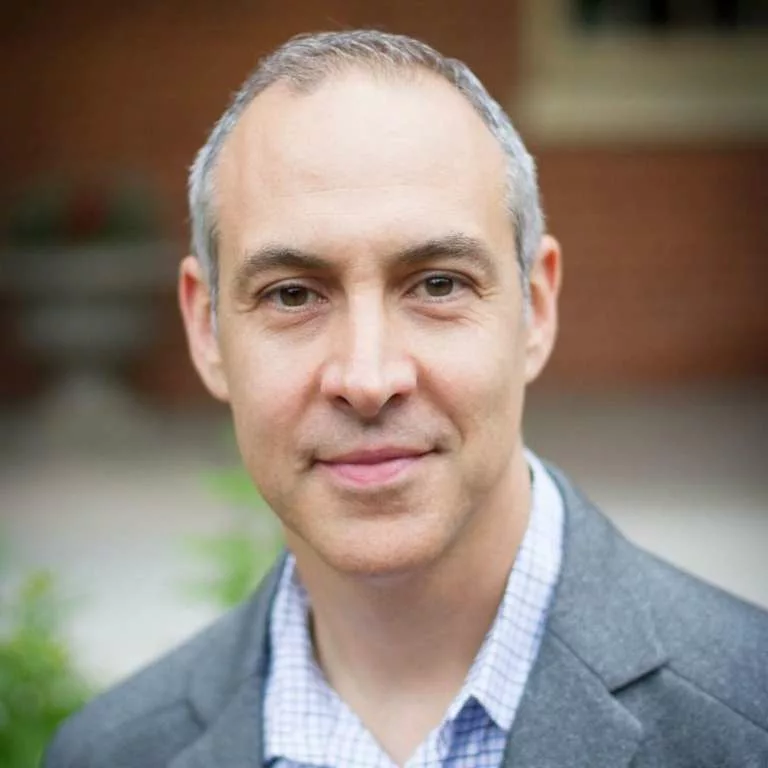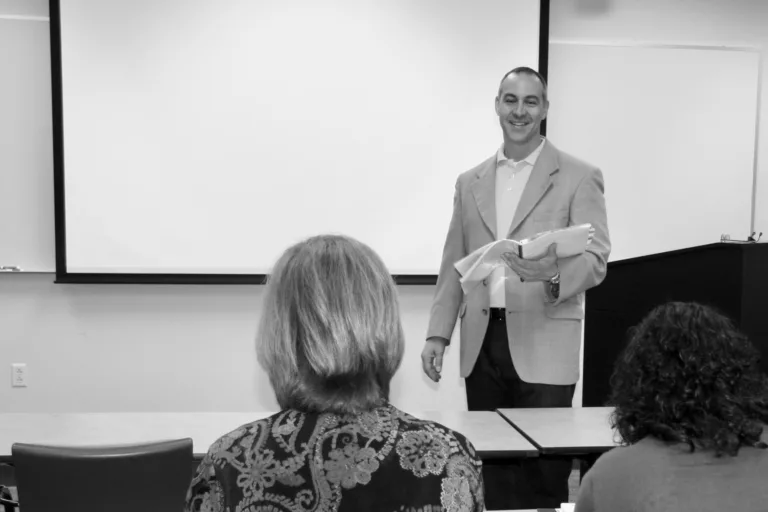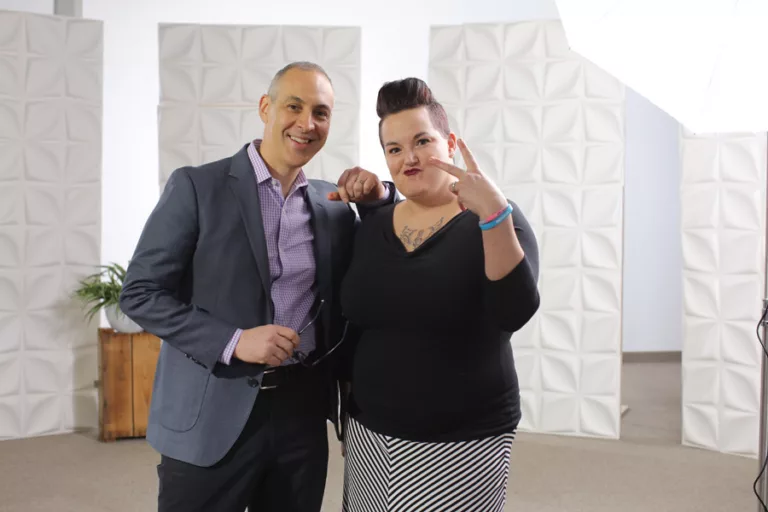Our Founder's Story
Tony Pisani is a Professor of Psychiatry (Psychology) and Pediatrics at the University of Rochester Center for the Study and Prevention of Suicide, and the founder of SafeSide Prevention. Tony is a primary care psychologist, family therapist, and internationally recognized leader in suicide prevention education.
Tony's research spans the suicide prevention continuum: upstream (enhancing school and community-based prevention with technology); healthcare (educational innovations to support Zero Suicide); and crisis and treatment intervention for individuals at greatest risk. Please see his University of Rochester faculty profile for more about his academic work.

Coping with pain by learning and sharing
Tony shifted his career to suicide prevention after the deaths of two patients in a clinical service he led. The loss of life was painful, and so was the administrative scrutiny that followed. Tony asked himself the questions many clinicians ask in such circumstances: What could we have done? What will we do now?
He directed his hurt and confusion into learning everything he could and then sharing what he learned. He continues in that pattern today, sharing what he learns from rigorous research, patients, colleagues, and the clinicians and healthcare leaders who put his ideas to the test.

Commitment to Living: Prevention-Oriented Risk Formulation
In 2011, Tony and colleagues published a paper on the state of workshop education (Pisani, Cross, & Gould, 2011), which called for greater focus on the transfer of learning to practice and outcomes. Tony created and tested Commitment to Living, in part, to answer that call. Commitment to Living set aside Powerpoint and traditional teaching, and instead used conceptual maps, patient scenarios, and documentation to meet participants where they experienced the most anxiety. Objectively-rated documentation samples from participants of diverse disciplines and experience levels showed improvement after the training (Pisani et al, 2012).
At the same time, Tony was honing and testing his ideas in workshops around the world. He connected with Drs. Daniel Murrie and Mort Silverman to develop a ground-breaking, prevention-oriented risk formulation (Pisani, Murrie, & Silverman, 2016) as an alternative or complement to categorical risk judgments.
National Impact
Assessing and Managing Suicide Risk
Tony led a major revision of a national curriculum offered by the Suicide Prevention Resource Center, Assessing and Managing Suicide Risk (AMSR). He brought in ideas from his work at the University of Rochester, including the innovative risk formulation model and skills exercises that increased participant engagement.
These improvements helped drive a substantial increase in the number of agencies and states that adopted the curriculum, eventually reaching tens of thousands of professionals.
This project also kicked off a decade-long collaboration with Laurie Davidson, who now leads curriculum and learning transfer at SafeSide. Tony and Laurie continue to help the Zero Suicide Institute improve AMSR; SafeSide produced skill demonstration videos for new versions of the training.
Expanded Framework and Learning Model
A confluence of developments in the field, and in Tony's work, led him to the approach and values that SafeSide now offers.
First, Tony's prevention-oriented framework broadened beyond just risk assessment to include best practices and evidence-based strategies for caring connection, response and extending our concern and impact into the lives and networks of the people we serve. The result is a single 'map' that guides both clinician and health system on the path to consistent, high-quality care and a unifying common language across service lines and systems.
Second, participation in policy and research led Tony to a new approach to education. The 2012 National Strategy for Suicide Prevention and the growing Zero Suicide movement highlighted the need for affordable, scalable, and sustainable education that could be delivered across an entire workforce. He served on the Clinical Workforce Preparedness Task Force for the National Action Alliance and on technical advisory panels for the Joint Commission.
During the same period, he was engaged in training research with colleagues at the University of Rochester (Wendi Cross, Ken Conner) and Columbia University (Madelyn Gould). That research sparked the idea for blended, InPlace learning–group-based video instruction with ongoing instructor support. The story and studies behind InPlace are further detailed here.
Tony Pisani, on the day he committed to having a lived experience partner for all his work.

Lived and clinical experience
Finally, with the framework and learning system InPlace, Tony turned to assemble a team.
Priority number one was to find someone who could bring expertise on suicide prevention gained from personal, lived experience of mental illness and recovery. A mutual friend introduced him to Kristina Mossgraber. The match was right. Kristina is now SafeSide’s primary lived experience faculty and patient advocate.
To complete the SafeSide team, Tony sought and found individuals who bring their best to suicide prevention, serving our partners with everyday excellence, kindness, and grace. This healthy, trustworthy team enables Tony to engage fully in his academic work and leadership, continuing the pattern of learning and sharing that has fueled his work in suicide prevention from the start.
